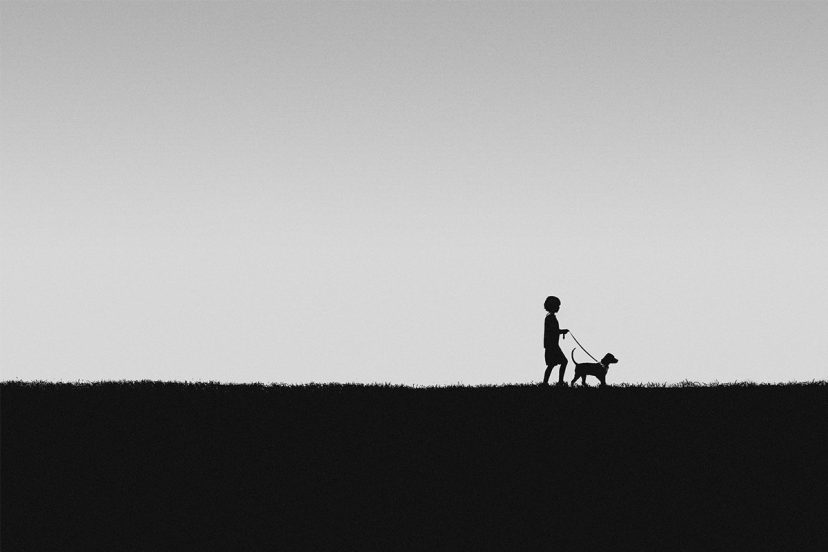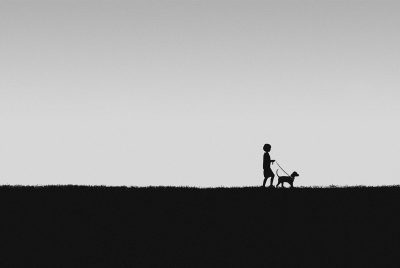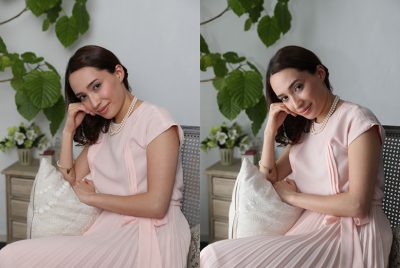How to Use Negative Space Creatively
How to Use Negative Space Creatively in Photography?
The Simple Definition
Negative space in photography refers to the areas around and between your subject. Think of it as the “breathing room” in your photo—the parts that aren’t the main focus but still play a critical role.
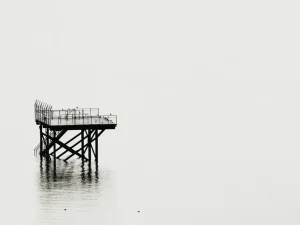
Positive vs. Negative Space
Positive space is your subject—the thing you want people to notice. Negative space is everything else. When used well, it prevents your photo from feeling crowded and instead gives it elegance and simplicity.
>>> Get TODAY’s camera deals now HERE <<<
Why Negative Space Matters in Composition
Drawing the Viewer’s Attention
By minimizing distractions, negative space naturally guides the eye to the subject. It’s like a spotlight in a dark room—your subject pops.
Creating Balance and Simplicity
Sometimes less really is more. Filling the frame with too many details can overwhelm, but negative space balances composition and creates harmony.
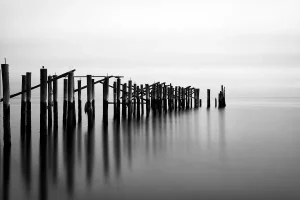
The Psychology Behind Negative Space
Calmness and Minimalism
Negative space often evokes calmness. A minimal background feels clean and intentional, soothing to look at.
Visual Breathing Room
Your eyes need a break, just like your mind. Negative space gives photos a sense of openness that makes viewers feel comfortable.
How to Spot Negative Space Opportunities
Using Open Sky and Water
Look for vast skies, oceans, or lakes. These natural backgrounds are perfect canvases of emptiness.
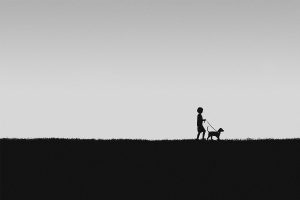
Playing with Walls and Backgrounds
Blank walls, fog, or neutral backdrops can all act as negative space. They strip away distractions and make your subject shine.
>>> Get TODAY’s camera deals now HERE <<<
Practical Tips for Using Negative Space
Rule of Thirds with Empty Space
Try placing your subject off-center with large empty areas around it. This creates tension and interest without clutter.
Framing the Subject with Blank Areas
Don’t always think of negative space as the background—it can also act like a frame around your subject.
Experimenting with Depth of Field
A shallow depth of field can turn busy backgrounds into soft, creamy negative space, enhancing subject isolation.
Creative Ways to Use Negative Space
Negative Space for Storytelling
Sometimes, the empty areas tell a story. A lone traveler in a wide desert scene suggests solitude or freedom.
Using Colors and Textures in Empty Areas
Negative space doesn’t always mean plain. Textures like sand dunes or soft gradients in the sky can add subtle drama.
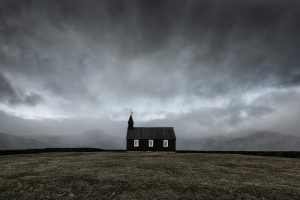
Breaking the Rules for Dramatic Effect
Rules are meant to be broken. Sometimes crowding the subject with negative space emphasizes loneliness or scale in surprising ways.
Common Mistakes to Avoid
Overusing Empty Space
Too much negative space can make your photo look unfinished or boring. It’s about balance, not emptiness for its own sake.
Losing Subject Importance
If your subject is too small or lost in the frame, viewers may miss the point. Always keep subject clarity in mind.
>>> Get TODAY’s camera deals now HERE <<<
Negative Space in Different Photography Genres
Portrait Photography
Use plain walls, skies, or soft studio backdrops to make your subject’s expression stand out.
Landscape Photography
Mountains against open skies or a tree in a vast field show how landscapes thrive with breathing room.
Street Photography
Negative space in urban shots—like a person walking near a blank wall—adds storytelling depth and atmosphere.

Post-Processing Techniques
Cropping to Enhance Negative Space
Sometimes you don’t notice the potential until editing. Cropping can transform a busy shot into a minimal masterpiece.
Using Contrast and Light Adjustments
Boosting contrast between subject and background makes the negative space even more powerful.
Practice Exercises for Mastery
Minimalist Shots
Challenge yourself: photograph one subject against a plain background. This trains your eye to see simplicity.
Fill the Frame, Then Remove
Try shooting crowded compositions, then experiment with cropping or reframing to create space. It’s a great learning exercise.
Conclusion
Negative space isn’t just about “leaving things out”—it’s about making room for your subject to breathe. By using it thoughtfully, you can add elegance, balance, and emotion to your photos. Next time you’re out shooting, don’t just look at your subject—pay attention to the space around it. That’s where the magic often happens.
>>> Get TODAY’s camera deals now HERE <<<
FAQs
1. What is the difference between negative space and empty space?
Negative space is intentional and supports your subject. Empty space is just unused, often without purpose.
2. Can negative space work with busy backgrounds?
Yes! Use shallow depth of field or framing to turn busy areas into soft negative space.
3. Do all minimalist photos use negative space?
Most do, but minimalism and negative space aren’t always the same—minimalism is a style, negative space is a tool.
4. Should the subject always be small when using negative space?
Not necessarily. Even large subjects can benefit from breathing room around them.
5. How can beginners practice negative space?
Start with simple subjects (like a tree, a person, or an object) against plain backgrounds like the sky or a wall.
More Photo tips here:
Art of Portrait Photography: Master Techniques for Stunning Shots

